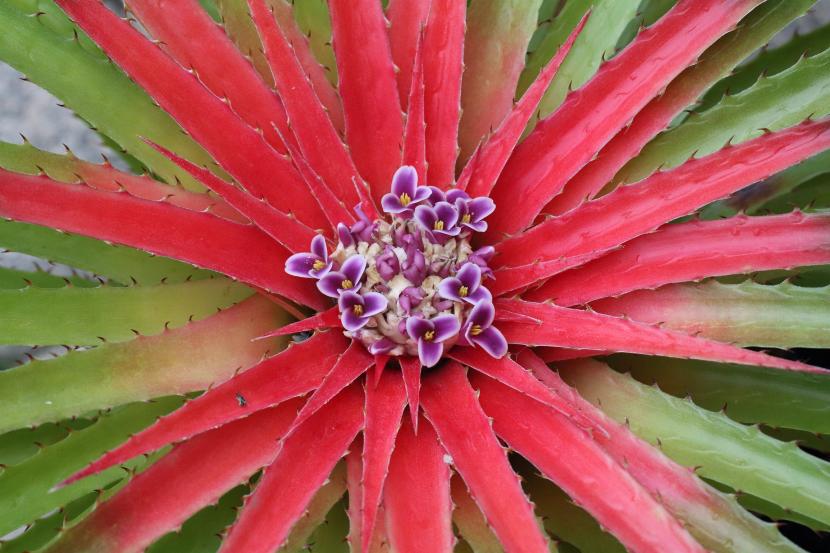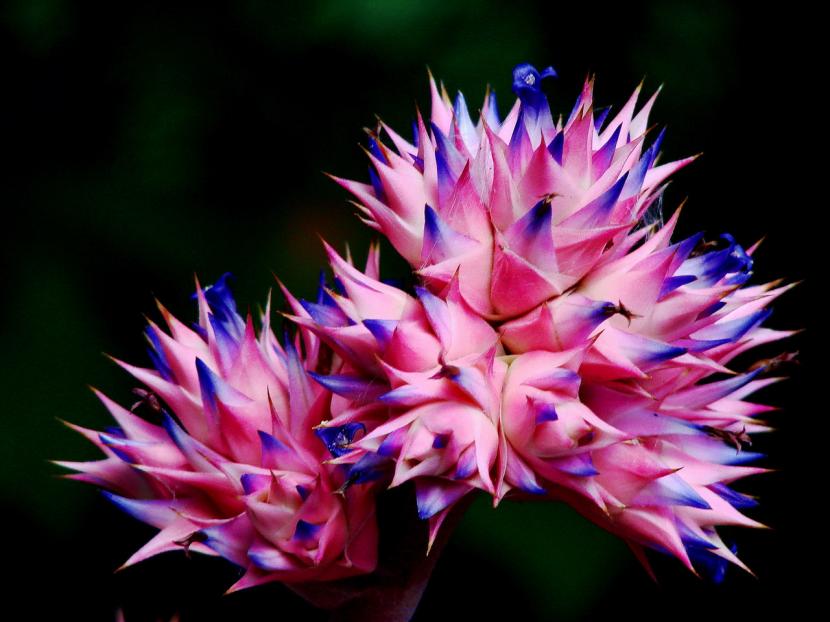
They are the undisputed protagonists of tropical gardens. There is so much variety, and they are all so beautiful, that it is no wonder that each time let us be more of those who wish to have a copy to decorate our home.
Today I'm not going to talk to you only about how to grow bromeliads, but also what is the secret to keep them for many years. Are you going to miss it? Keep reading.

Bromeliads are plants native to the warm regions of America, where they can be found in those wonderful jungles that seem out of a story. There are terrestrial species and other epiphytes, that is, like orchids, they rely on the branches and trunks of larger plants, such as trees. One of the main and curious characteristics is that they are hermaphrodites: there are no female or male specimens. This is very important, but above all very interesting, since to have a new plant it is not necessary that we buy it, but only wait for it to bear fruit… O remove basal suckers which you can separate as soon as you see that the flower of the mother plant is wilting.
If we talk about its size, most species they will live without problems in a pot throughout their life, as they do not usually exceed 60-70cm in height. And if you're in a hurry to have a dream garden, don't worry: they grow reasonably fast if the weather is right.

Now that we know a little more about these extraordinary plants, it's time to find out how they take care of themselves. To do this, you should know that those sold in nurseries, garden stores, agricultural warehouses and others are usually plants from greenhouses in the Netherlands. There the bromeliads have optimal growing conditions, but when taking them to our homes, especially if it is winter and it is cold, they can notice it quite a bit. To get it to become a little more resistant, I recommend that you transplant it in spring or now in summer using this mixture of substrates: Pine bark -It is sold as soil for orchids in nurseries-, black peat y perlite or clay balls in equal parts. Thus, your plant will not suffer excess watering, since the roots will always be properly aerated.
From my own experience, you can water it with tap water whose pH is high -from 7 onwards-, although rainwater or osmosis water is preferable due to the high levels of lime that this type of water presents. Locate your bromeliad in a place where it has slight drafts, protected from direct sun.
You have doubts? Get in contact us.